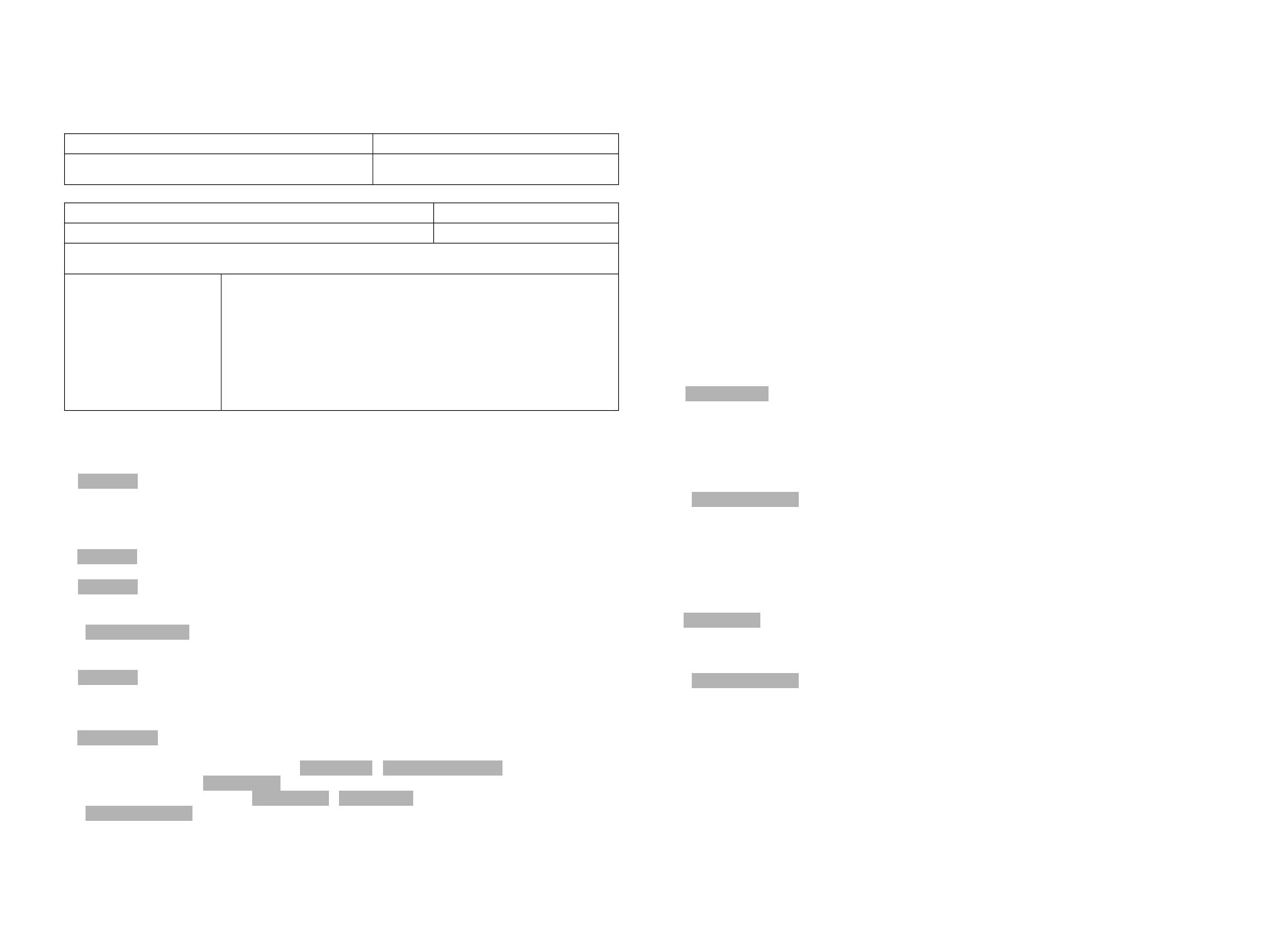
Opus 40
Composition
Concept:
Student Outcomes:
CREATING ORIGINAL LEADSHEET – Culmination of
concepts taught in Modules 1-39
Create an original leadsheet with melody &
chord symbols.
Vocabulary/Keyboard:
Vocabulary/Keyboard:
Symbols:
- keyboard skills from previous modules, introduction, ending
- keyboard skills from previous modules, introduction, ending
Notation, chord symbols
Assessment – Completed leadsheet/composition/improvisation is the culminating project. There is no
quiz for this module.
Assessment – Completed leadsheet/composition/improvisation is the culminating project. There is no
quiz for this module.
Assessment – Completed leadsheet/composition/improvisation is the culminating project. There is no
quiz for this module.
National Standards:
1. NS
2. NS
3. NS
4. NS
5. NS
S. NS
R. NS
State/Local Standards:
1.
2.
3.
4.
5.
S.
R.
State/Local Standards:
1.
2.
3.
4.
5.
S.
R.
Sequence of Activities
1. Listen – Compositional Techniques (Melodic Sequence)
A. Play Song Rondo by Henry Purcell. Discuss the importance of recognizing patterns in music. Have
students:
• identify measures 3, 4, 5 & 6 as “sequence”.
• identify variation in repeated A section.
• identify sequence in B section.
B. Play Song Two Part Invention No. 1 in C Major by Johann Sebastian Bach. Have students:
• identify sequences.
C. Play Song Mysterioso by Thelonius Monk. Have students:
• identify instrument playing sequence (piano).
• compare compositional techniques of Purcell, Bach and Monk to create sequence.
Lesson Completed
2. Listen – Compositional Techniques (Added Chord Tones) (Song 49)
A. Play Song Boogie Woogie Bugle Boy. Have students:
• identify added chord tones in melody (i.e. G#, F# & Eb).
• identify added chord tones in bass riff.
• discuss purpose of added chord tones (i.e. F# leads to G, Eb is blue note).
B. Speakers Off Have students:
• practice melody.
• play melody with accompaniment. Speakers On Play Accompaniment
• practice bass riff. Speakers Off
• play bass riff with melody. Speakers On Play Melody
Lesson Completed
3. Create & Perform an Original Leadsheet. (Worksheet 16)
A. Have students:
• discuss decisions to be made when creating a leadsheet.
!
Tonality (major/minor/modal)
!
Key signature
!
Style
!
Chord progression
!
Harmonic variation (rhythm, block/broken chords)
!
Melodic variation
B. Have students:
• select a style.
• decide key.
• press ACCOMP REC.
• press SYNC START.
• press INTRO.
• play I (or i) chord (recording starts).
• after MAIN is finished, press ENDING (recording stops).
• “audition” different styles in playback by pressing PLAY and selecting different styles.
•
choose style for original leadsheet.
C. Encourage students to continue to:
• create/write a chord progression (NOTE: chord progression will be used during the “MAIN”
section of the piece).
• record chord progression with intro and ending (as indicated above).
D. Worksheet 16 With chord progression recorded, ask students to:
• begin creating/writing/improvising a melody that works with chord progression.
• Using “MELODY REC”, record this melodic improvisation/composition over original accompa-
niment.
• write melody on Worksheet 16.
• write chord symbols on Worksheet 16.
Note: You may wish to use MIE Tunes to save student compositions to computer.
Lesson Completed
4. Evaluate - Original Leadsheet
A. Completed Leadsheet should include:
a. Title e. Chord symbols
b. Composer f. Melody
c. Style g. Melodic Voice
d. Tempo h. Text (if desired)
B. Speakers Off Have students:
• practice each other’s leadsheet compositions.
• record compositions.
• play composition for class.
Lesson Completed
S. Synthesis – You Just Did It!
165


















